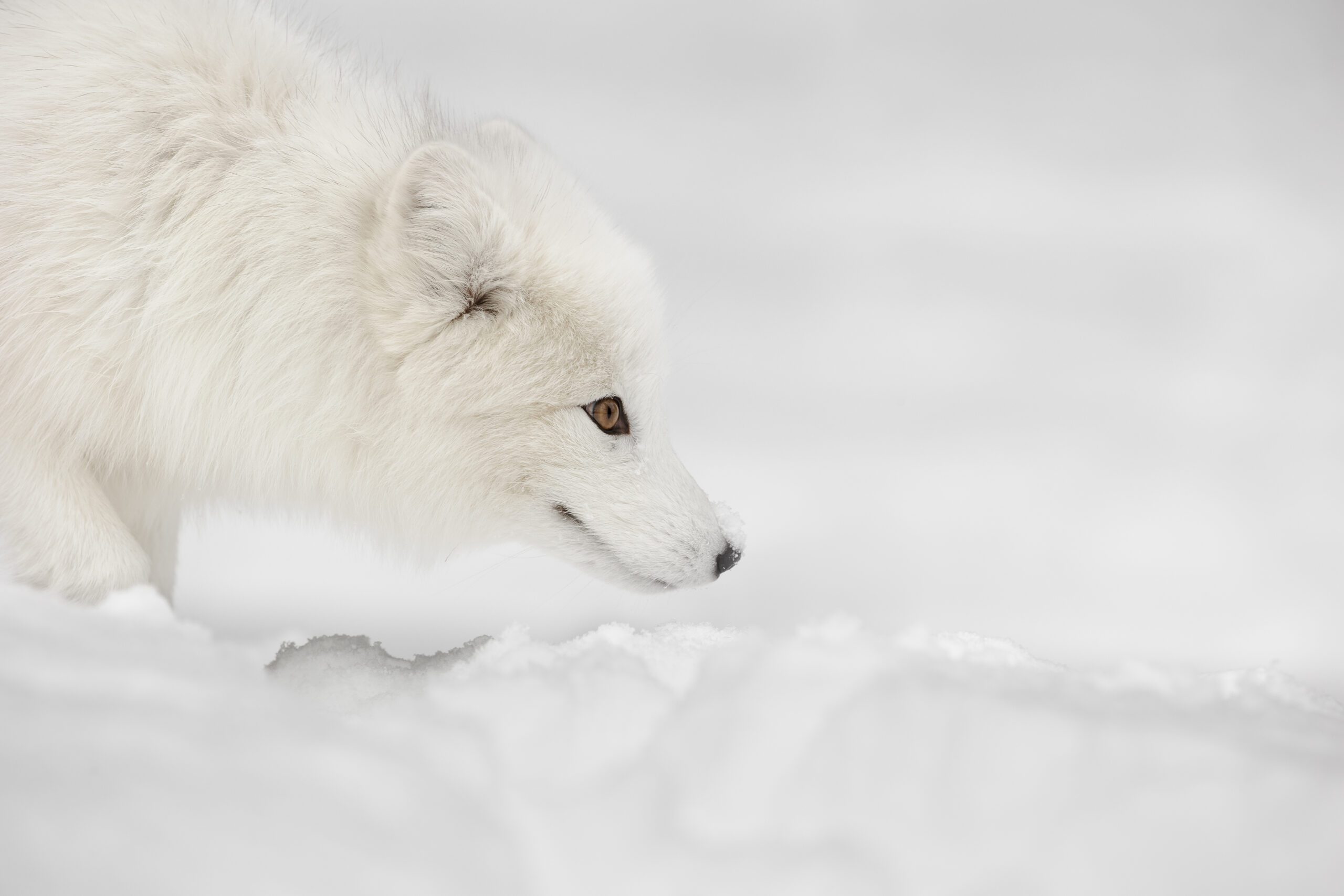Polar bears and walruses have adapted to survive in the harsh Arctic environment. Polar bears have thick layers of blubber and dense fur to protect them from the cold, while walruses have blubber and wrinkled skin to retain body heat. Both species have unique physical and behavioral adaptations for hunting and foraging, and they play crucial ecological roles in regulating and shaping the Arctic ecosystem. Understanding these adaptations is important for preserving the delicate balance of the Arctic environment and ensuring the survival of these iconic species.
Polar Bear vs. Walrus: Adaptations for Survival in the Arctic
Introduction
The Arctic is a harsh and unforgiving environment, with freezing temperatures and scarce resources. Polar bears and walruses are two of the most iconic animals that have adapted to survive in this extreme environment. In this article, we will compare and contrast the adaptations of these two species for survival in the Arctic.
Physical Adaptations
Polar bears are well-adapted to the cold Arctic environment, with a thick layer of blubber and a dense, water-repellent fur that keeps them insulated from the freezing temperatures. Their large, powerful bodies and strong limbs allow them to swim long distances and hunt for food in the icy waters. They also have keen senses of smell and excellent eyesight, which help them locate prey even in the whiteout conditions of the Arctic.
Walruses, on the other hand, have a thick layer of blubber and a wrinkled, rubbery skin that helps them retain body heat in the frigid waters of the Arctic. Their long tusks are used for a variety of purposes, including digging for food, defending themselves from predators, and hauling themselves out of the water onto ice floes. They also have large, flippers that allow them to navigate the icy waters with ease.
Behavioral Adaptations
Polar bears are expert hunters and have adapted their behavior to take advantage of the seasonal abundance of food in the Arctic. They are skilled swimmers and can travel long distances in search of seals, their primary prey. During the summer months, when the sea ice melts and hunting becomes more difficult, polar bears are known to fast for extended periods of time until the ice refreezes and they can resume hunting.
Walruses are highly social animals and have adapted their behavior to live in close-knit communities. They congregate in large herds on ice floes and shorelines, where they can rest, haul out of the water, and give birth to their young. They are also known for their unique feeding behavior, using their sensitive whiskers to sift through the ocean floor for clams and other mollusks.
Ecological Roles
Polar bears are apex predators in the Arctic ecosystem, playing a crucial role in regulating the populations of their prey species, such as seals. They are also important indicators of the health of the Arctic environment, as changes in their populations can signal broader ecological shifts, such as melting sea ice and declining seal populations.
Walruses are also important ecological actors in the Arctic, shaping the marine environment through their feeding and foraging activities. They create disturbance on the ocean floor as they dig for clams, which can create habitat for other species. Their large herds also have a significant impact on the dynamics of the Arctic food web.
Conclusion
In conclusion, both polar bears and walruses have evolved a diverse set of adaptations to survive in the harsh and unforgiving environment of the Arctic. While they may have some similarities in their adaptations, such as a thick layer of blubber for insulation, they also have distinct differences in their physical and behavioral adaptations, as well as their ecological roles in the Arctic ecosystem. Understanding these adaptations is crucial to preserving the delicate balance of the Arctic environment and ensuring the survival of these iconic species.
